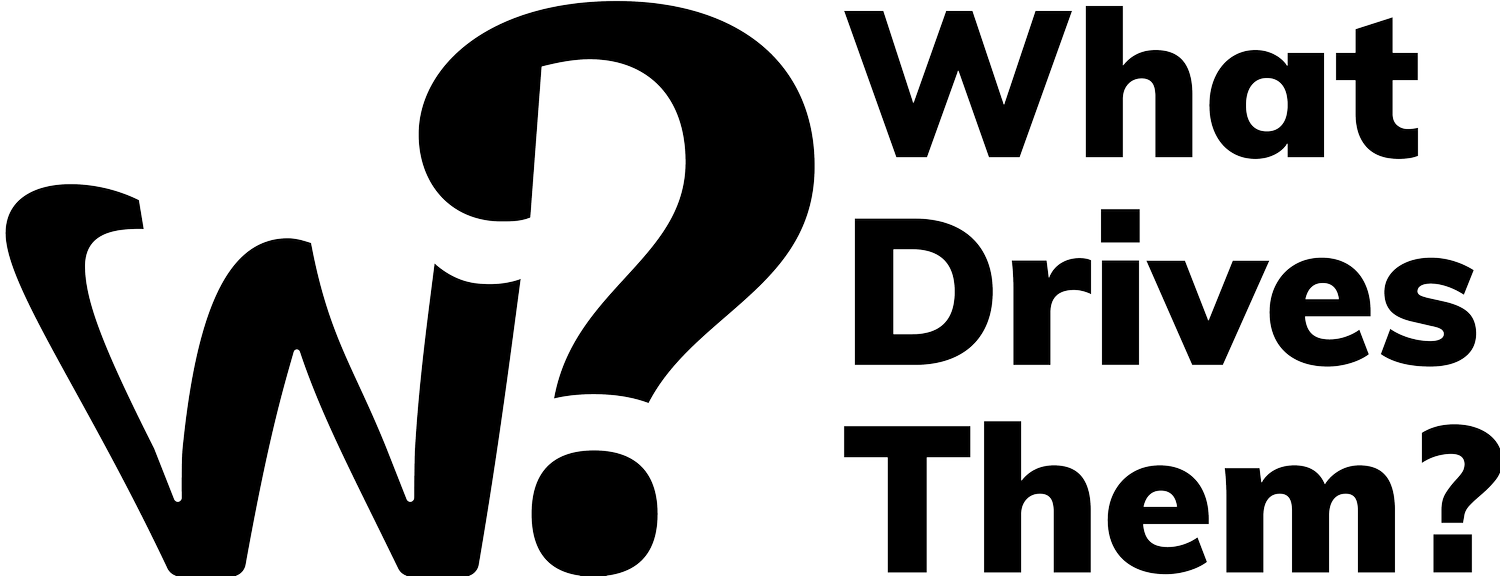The ROI of interviewing customers and users
In the bustling marketplace of today, standing out is a challenge.
The key to differentiation? Understanding your users.
Customer interviews are a goldmine of insights. They offer a peek into the minds of your users, revealing their needs, motivations, and pain points.
But how do you quantify the value of these insights? How do you convince stakeholders that customer interviews are worth the investment?
In this article, we'll delve into the ROI of customer interviews. We'll explore how these insights can drive strategic decisions, fuel innovation, and ultimately, boost profitability.
Whether you're a UX Designer, a Product Manager, or a Marketer, this article will equip you with the knowledge to leverage customer interviews effectively.
So, let's dive in and uncover the power of customer interviews.
Understanding the Value of Customer Interviews
Customer interviews are more than just a conversation. They're a strategic tool, a window into the world of your users.
They provide qualitative insights that quantitative data alone cannot offer. You get to hear the voice of your customers, understand their emotions, and uncover their motivations.
But what makes customer interviews truly valuable?
They help identify and validate customer needs and pain points.
They inform strategic decisions and prioritize product development efforts.
They build empathy within the product team, leading to better user experiences.
They provide an opportunity for customers to voice their opinions, increasing engagement and loyalty.
Let's delve deeper into the qualitative edge in market research and aligning products with user behavior.
The Qualitative Edge in Market Research
In a world obsessed with data, qualitative research often takes a backseat. But it's in these nuanced conversations that you find the 'why' behind the 'what'.
Customer interviews offer a qualitative edge. They reveal the reasons behind user behavior, the motivations driving their choices, and the barriers preventing their adoption.
These insights are invaluable. They add depth to your understanding, helping you see beyond the numbers and into the hearts of your users.
Aligning Products with User Behavior
Understanding user behavior is crucial. It's the compass that guides your product development efforts, ensuring you're creating solutions that resonate with your users.
Customer interviews are a key tool in this endeavor. They help you align your products and services with the needs, wants, and expectations of your users.
By integrating these insights into your product development process, you can create experiences that not only meet but exceed user expectations.
Crafting a Business Case for Customer Interviews
So, you understand the value of customer interviews. But how do you convince your stakeholders?
Crafting a compelling business case is crucial. It's about demonstrating the tangible benefits and the return on investment (ROI) of customer interviews.
Consider these points when building your case:
Improved product features and customer satisfaction leading to increased profitability.
Innovation and differentiation in a crowded marketplace.
Enhanced customer engagement and loyalty.
Let's delve deeper into quantifying the ROI and making the case to stakeholders.
Quantifying the ROI of Customer Insights
Quantifying the ROI of customer insights can be challenging. After all, how do you measure the impact of understanding your customer better?
Start by looking at the tangible outcomes. Improved product features, increased customer satisfaction, and ultimately, profitability.
Consider the cost of not understanding your customers. The missed opportunities, the wasted resources on features that don't resonate, the loss of customers to competitors who understand them better.
When you weigh these costs against the investment in customer interviews, the ROI becomes clear.
Making the Case to Stakeholders
Making the case to stakeholders requires a strategic approach. It's about demonstrating the value and potential ROI of customer interviews.
Show them how customer insights can inform strategic decisions, prioritize product development efforts, and lead to innovation.
Highlight the potential for increased customer engagement and loyalty. After all, a loyal customer is worth more than a new one.
With a strong business case, you can secure the buy-in and resources needed to conduct effective customer interviews.
The Process of Conducting Effective Customer Interviews
Conducting effective customer interviews is an art. It requires careful planning, execution, and analysis.
The process begins with setting clear goals and success metrics. What do you hope to achieve with these interviews? What insights are you seeking?
Next, you need to craft engaging interview questions. These questions should be open-ended, allowing customers to share their experiences, motivations, and pain points.
During the interview, it's important to listen actively and empathetically. Remember, the goal is to understand the customer's perspective, not to sell or persuade.
Finally, the data gathered from the interviews needs to be analyzed and synthesized into actionable insights. This is where the real value of customer interviews lies.
Setting Goals and Success Metrics
Setting clear goals and success metrics is the first step in conducting effective customer interviews.
What do you hope to achieve with these interviews? Are you looking to understand customer needs and pain points? Or are you seeking feedback on a specific product feature?
Your goals will guide the entire interview process, from crafting the questions to analyzing the data.
Crafting Engaging Interview Questions
Crafting engaging interview questions is a critical part of the process.
Your questions should be open-ended, allowing customers to share their experiences, motivations, and pain points. Avoid leading questions that may bias the responses.
Remember, the goal is to understand the customer's perspective. So, ask questions that encourage them to share their stories, not just yes or no answers.
Leveraging Customer Interviews for Competitive Advantage
Customer interviews can be a powerful tool for gaining a competitive advantage. They provide deep insights into customer needs, motivations, and pain points.
These insights can inform product development, marketing strategies, and customer service improvements. They can also lead to innovation and differentiation in a crowded marketplace.
Moreover, customer interviews can foster a customer-centric culture within the organization. They can build empathy within product teams, leading to better user experiences.
Here are some ways to leverage customer interviews for competitive advantage:
Identify and validate customer needs and pain points.
Inform strategic decisions and prioritize product development efforts.
Guide service improvements and marketing strategies.
Foster a customer-centric culture within the organization.
Uncover hidden customer motivations and barriers to adoption.
Innovation through Customer Feedback
Customer feedback gathered through interviews can lead to innovation. It can reveal unmet needs, new use cases, and opportunities for differentiation.
For example, a customer might share a workaround they've developed to use your product in a way you hadn't anticipated. This could inspire a new feature or even a new product line.
In this way, customer interviews can be a source of inspiration and innovation, helping you stay ahead of the competition.
Building Customer Empathy within Product Teams
Customer interviews can also build empathy within product teams. By hearing directly from customers, team members can better understand their experiences, motivations, and pain points.
This empathy can lead to better user experiences. It can inform design decisions, guide feature prioritization, and inspire innovative solutions.
In short, customer interviews can help product teams see the world through the customer's eyes, leading to products and services that truly resonate with the target audience.
Analyzing and Synthesizing Interview Data
Once you've conducted your customer interviews, the real work begins. You now have a wealth of qualitative data to analyze and synthesize.
This process involves identifying patterns, trends, and key insights. It's about making sense of the data and turning it into actionable insights.
Here are some steps to follow in analyzing and synthesizing interview data:
Transcribe the interviews.
Code the data by identifying recurring themes or patterns.
Analyze the coded data to identify key insights.
Synthesize the insights into a coherent narrative or story.
Develop action plans based on the insights.
From Data to Actionable Insights
The goal of analyzing interview data is to turn it into actionable insights. These are insights that can inform strategic decisions, guide product development, and drive innovation.
For example, you might discover a common pain point among your customers. This could inspire a new feature that addresses this pain point, giving you a competitive advantage.
In short, the value of customer interviews lies not just in the data they generate, but in the actionable insights that can be derived from this data.
Sharing Insights Across the Organization
Once you've analyzed and synthesized the interview data, it's important to share the insights across the organization. This ensures that everyone is on the same page and can make informed decisions.
For example, the marketing team can use the insights to craft more effective campaigns. The product team can use them to prioritize feature development. And the customer service team can use them to improve the customer experience.
In this way, customer interviews can have a broad and lasting impact on the organization, driving growth and profitability.
Tools and Techniques for Efficient Customer Interviews
Conducting customer interviews can be a complex process. But with the right tools and techniques, it can be made more efficient and effective.
From recruitment and management tools to data analysis and visualization tools, there are a variety of resources available. These can streamline the process and enhance the quality of the insights gained.
Let's take a closer look at some of these tools and techniques.
Recruitment and Management Tools
Recruiting participants for customer interviews can be a challenge. But there are tools that can help.
For example, User Interviews and Respondent are platforms that allow you to recruit and schedule participants for research studies.
Data Analysis and Visualization Tools
Once you've conducted the interviews, you'll need to analyze the data. Tools like NVivo and Atlas.ti can help with this.
These tools allow you to code and analyze qualitative data, identify patterns, and visualize the results. This can make the process of analyzing and synthesizing interview data more efficient and effective.
Conclusion: The Strategic Impact of Customer Interviews
In conclusion, customer interviews are a powerful tool for gaining deep insights into consumer behavior. They provide a qualitative edge that can inform strategic decisions, drive innovation, and enhance user experiences.
The ROI of customer interviews can be seen in improved product features, increased customer satisfaction, and ultimately, higher profitability. With the right tools and techniques, the process of conducting and analyzing customer interviews can be made more efficient and effective.
So, whether you're a UX Designer, Service Designer, Product Manager, or Marketer, consider integrating customer interviews into your research toolkit. The insights you gain could be the key to standing out in a crowded marketplace and driving your company's growth and profitability.

